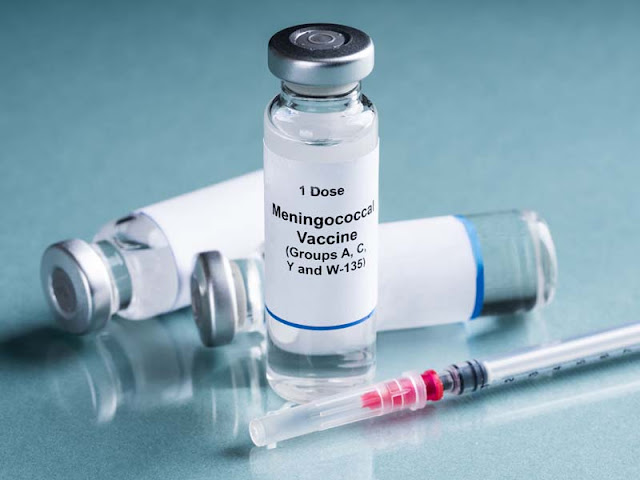A Potential Shot at Prevention: Monovaccine for Epstein-Barr Virus
 |
| Monovaccines on Epstein-Barr Virus |
Epstein-Barr virus (EBV) is a
human herpesvirus that infects over 90% of adults worldwide. While EBV
infection is usually asymptomatic, it can sometimes cause infectious
mononucleosis (IM), commonly known as "mono". With no available
vaccine as of now, IM remains an important public health issue, especially
among adolescents and young adults. However, recent advances in vaccine
development have reignited hopes of controlling EBV and preventing IM through a
monovaccine targeting the virus.
EBV and Infectious Mononucleosis
EBV is transmitted through saliva
and infects B cells in the host. In most cases, the infection causes no
symptoms as the immune system manages to keep the virus in check. However, in
some individuals, primary EBV infection results in IM. Symptoms of IM include
fever, sore throat, fatigue and swollen lymph nodes, which can last for several
weeks. IM is more likely to develop in adolescents and young adults
experiencing primary EBV infection. While IM resolves on its own, it can cause
significant short-term illness and miss school/work. Rarely, EBV has also been
associated with more serious diseases like certain cancers.
Development of an EBV Monovaccine
Given that EBV infects the
majority of the population and primary infection can cause debilitating IM in
some, development of an EBV vaccine has long been a goal. However, challenges
like inability to grow the virus effectively in the lab stalled early vaccine
research. Researchers have now overcome these hurdles through advances in
molecular virology techniques. Multiple experimental EBV vaccines targeting
various viral antigens have been tested in animal models over the past two
decades.
Promising Candidates
Some of the most promising EBV
vaccine candidates incorporate glycoprotein 350 (gp350), a major viral envelope
glycoprotein involved in host cell attachment. Vaccines containing recombinant
gp350 protein or gp350 DNA have shown effectiveness in animal and human trials.
In a recent Phase 1 trial, an alum-adjuvanted gp350 protein vaccine induced
high levels of neutralizing antibodies in healthy volunteers with no serious
adverse effects. Such antibodies are thought to block viral entry and infection
of B cells. Researchers are also exploring fusion proteins and multivalent
vaccines incorporating other EBV antigens.
Heading towards Human Efficacy
Trials
With multiple candidates
demonstrating immunogenicity and safety, the focus is now shifting to evaluate
efficacy of EBV vaccines. However, conducting efficacy trials for Epstein-Barr
virus (EBV) vaccines presents unique challenges due to factors like
difficulty in predicting which individuals will develop IM after primary
infection. Researchers are devising strategies like vaccinating student
populations, who are at higher risk of primary infection, and monitoring IM
incidence. Special efforts may also focus on high-risk groups like soldiers and
college students living in dorms. If proven effective in preventing IM through
antibody-mediated protection, an EBV vaccine could significantly reduce illness
burden in adolescents and young adults worldwide.
Regulatory Approval and
Implementation
Assuming positive efficacy data,
the next step would involve seeking regulatory approval from agencies like the
FDA. Considering EBV infects a vast majority of individuals eventually, the
approval pathway may involve determining vaccine effectiveness in reducing IM
incidence rather than complete sterilizing protection against infection. Post
approval implementation would then focus on incorporating the vaccine in
adolescent vaccination schedules. Public health education around EBV and IM
would complement vaccine introduction programs. Inclusion in the routine
immunization system could allow broad population-level control of EBV and IM
over the long term.
Get More Insights Here
https://www.newsanalyticspro.com/monovaccines-on-epstein-barr-virus/



Comments
Post a Comment